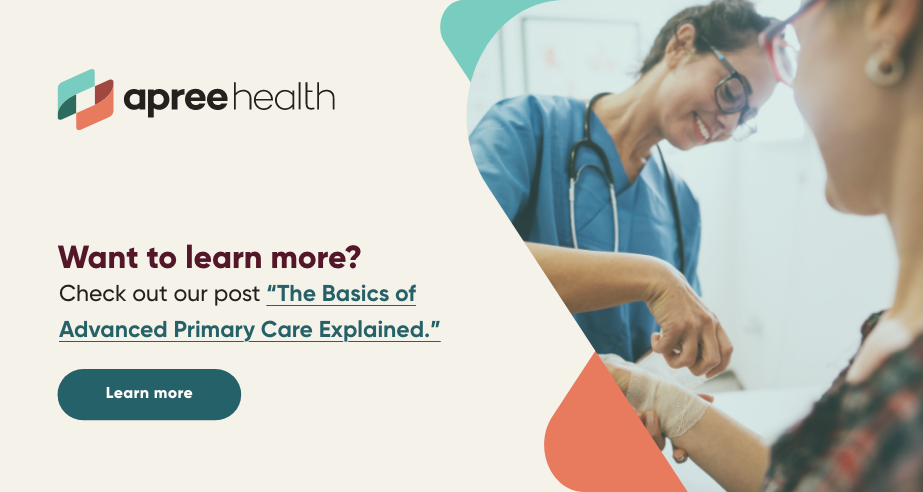One of the many issues plaguing America’s healthcare system is the sheer complexity of it.
Take, for example, the murky waters company HR departments routinely need to wade through. According to a year-end survey conducted by Summus, the average HR department now has to juggle more than 46 different benefit vendors.
That’s not just a challenge to manage, it’s arguably untenable. Which is why 74% of HR leaders Summus surveyed reported they are currently looking to consolidate employee benefits in 2024 and beyond.
The problem is, the benefits industry is a complicated knot. Pull one end of the rope and you might end up making the whole thing harder to untangle—and the quality of care you provide employees substantially worse.

The benefits trifecta
Benefits play a critical role in how companies find and retain talent. At the same time, providing the sort of benefits employees increasingly demand can be an expensive proposition.
It’s not really a surprise, then, that when Summus asked HR leaders what they are looking for in healthcare benefits for their companies, affordability ranked high on the list.
But HR leaders want—and need—benefits and healthcare options that are more than just affordable. They also want benefits that are high quality and easy for employees to use.
This trifecta of affordability, high-quality care, and ease of use can be hard for HR departments to achieve because:
- Affordable healthcare may not be high quality
- High-quality care may not be easy to navigate, especially when it includes access to specialists, virtual care, and a spreadsheet of different vendors to sift through
- When employees can’t easily navigate benefits, they are less likely to use them—and companies get much less for their investment
So how can HR departments streamline their benefits without sacrificing quality and affordability? How can they achieve the benefits trifecta?
The answer, we believe, can be found in the combination of thoughtful navigation and advanced primary care.

A better path
When it comes to managing benefits, that old saying of “too much of a good thing” definitely applies.
Not only do HR departments often spend too much time managing an array of different vendors, simply providing clear directions to employees is often needlessly complicated.
Annual enrollment communications, newsletters, flyers—these old standbys for communicating no longer work as effectively as they used to. Instead, HR departments need a way to navigate employees instead of just informing them.
What does navigation look like?
At apree health, we leverage data and technology to engage employees and direct them to the right programs for them at the right time. This is done through our app and human care guides to easily surface various benefits and make it easy for someone to take advantage of them, increasing the use of those benefits.
The goal is to easily answer common questions employees often have about their benefits, questions like:
- What primary care doctor should I use?
- What benefits are actually available to me?
- What are my health goals?
Building a navigation platform that answers these and other questions goes a long way toward greatly simplifying the role of HR in managing benefits. It also encourages, rather than discourages, employee engagement.
And once employees are engaged, the advanced primary care model helps keep them that way by allowing for:
- Accessibility to more providers, smart scheduling, and reduced wait times
- Time-rich appointments so patients and providers can thoroughly connect
- Care coordination to prevent gaps in communication and treatment
- Professional health coaches that help patients improve their lifestyles
Most of all, the navigation + advocacy + advanced primary care solution encourages change in employees by allowing them to focus more easily on preventive care rather than reactive care.
This, in turn, makes for a healthier workforce, which makes for lower costs for both employees and employers—all while taking away much of the burden on HR to get and keep employees engaged.
By making it easier for employees to find and receive the care they need, and by focusing on the whole health of the individual, it’s possible to achieve the benefits trifecta of affordability, high quality, and ease of use.






